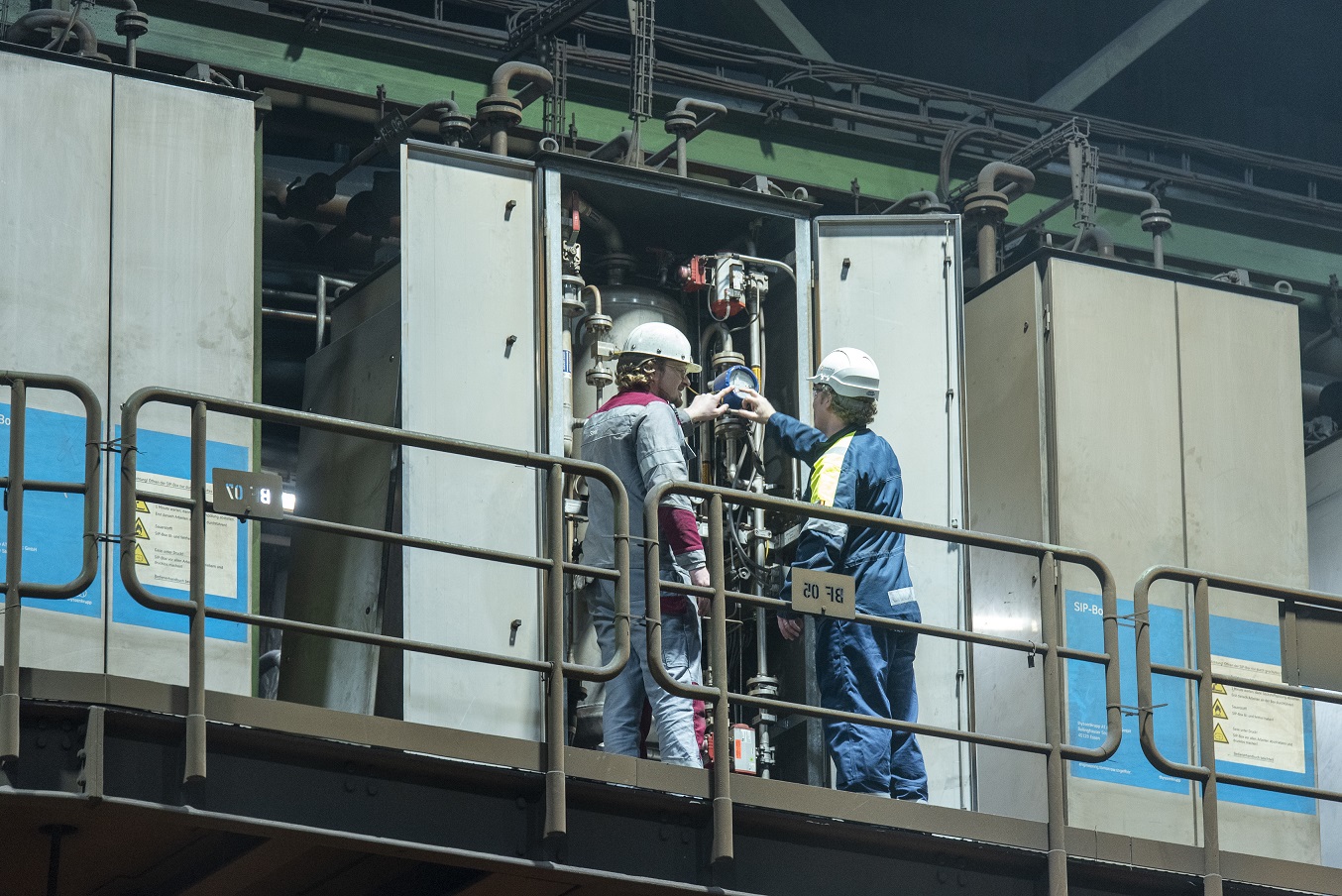H2II - Hydrogen sequence impulse injection into the Blast Furnace shaft

Initial situation:
- CO2 emissions in the steel industry must be reduced by 55% by 2030.
- New technology routes will not have been implemented to this extent by then.
- Rapidly deployable interim technologies are essential.
- Hydrogen reduction can save up to 20% of CO2 emissions from a blast furnace.
- Hydrogen achieves higher reduction rates even at lower temperatures than CO (from approx. 800°C).
- Due to the low density of hydrogen, it is difficult to achieve high penetration depths when injecting hydrogen into the burden column.
- Impulse injection technology has shown in continuous industrial use that it achieves greater penetration depths and more favourable gas flow in the shaft.
Project targets:
- Technical demonstration of Pulse injection of hydrogen into the Blast furnace shaft
- above the cohesive zone.
Innovative approaches:
- Injection in the shaft instead of through the hot blast tuyeres
- Injection of hydrogen instead of carbon monoxide as reduction agent
- Pulsed injection instead of continuous injection
Benefits for the industry:
- Improving process efficiency
- Reduction of CO2 emissions
partners
Funding reference
101157157
Your contact person

25 Dr. Hauke Bartusch
+49 211 98492-282
hauke.bartusch_at_bfi.de






